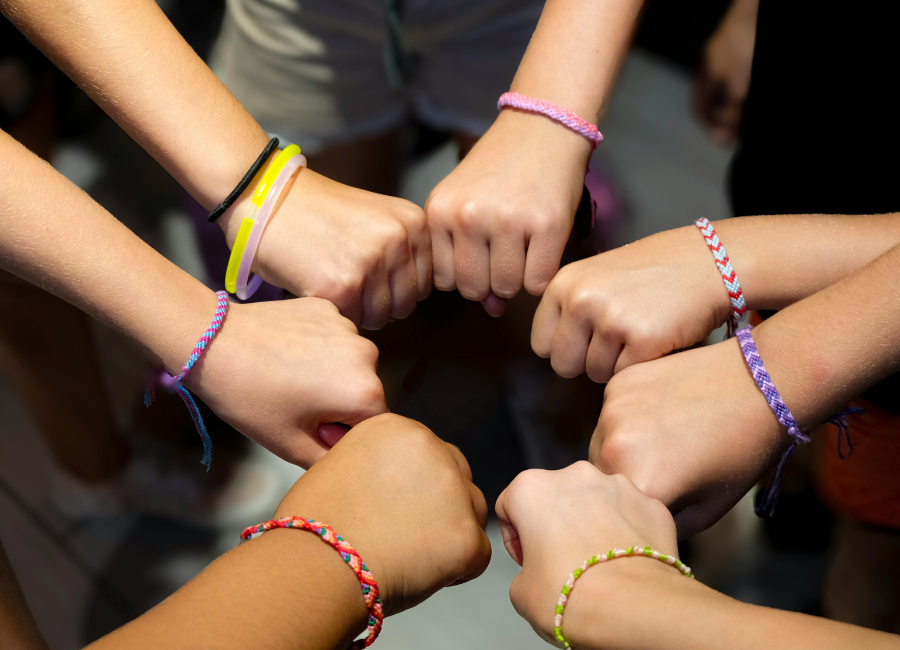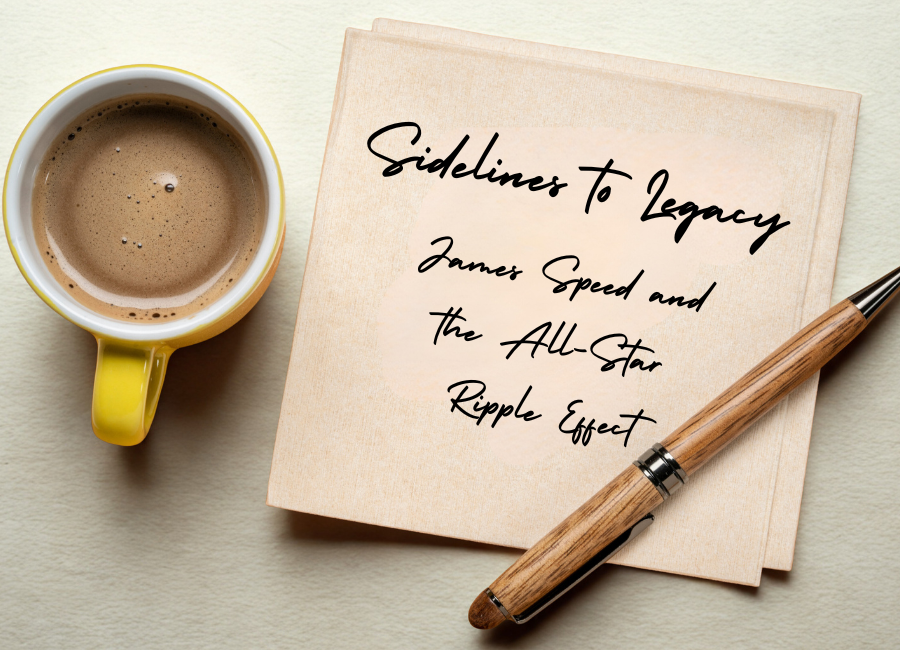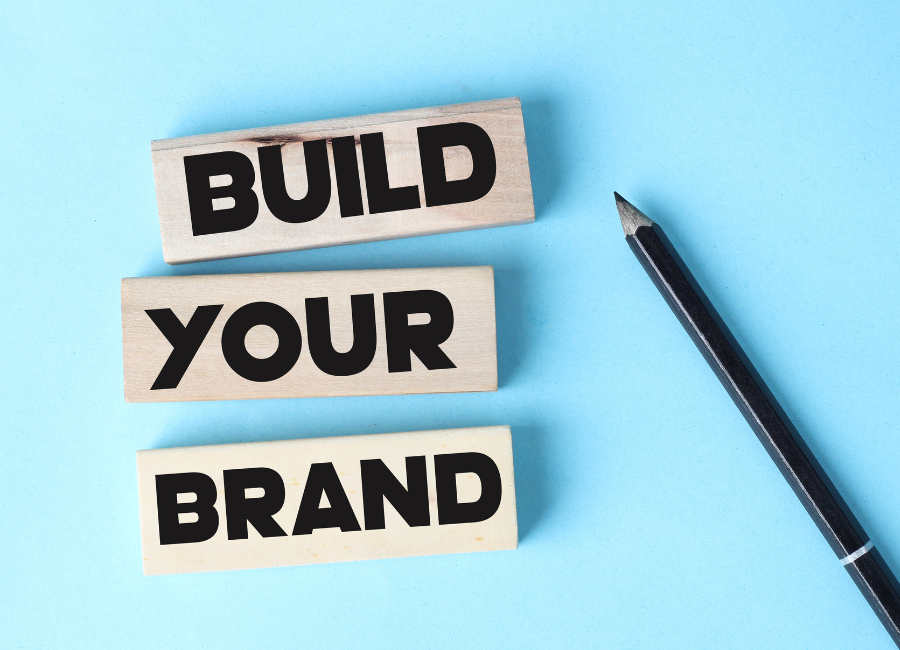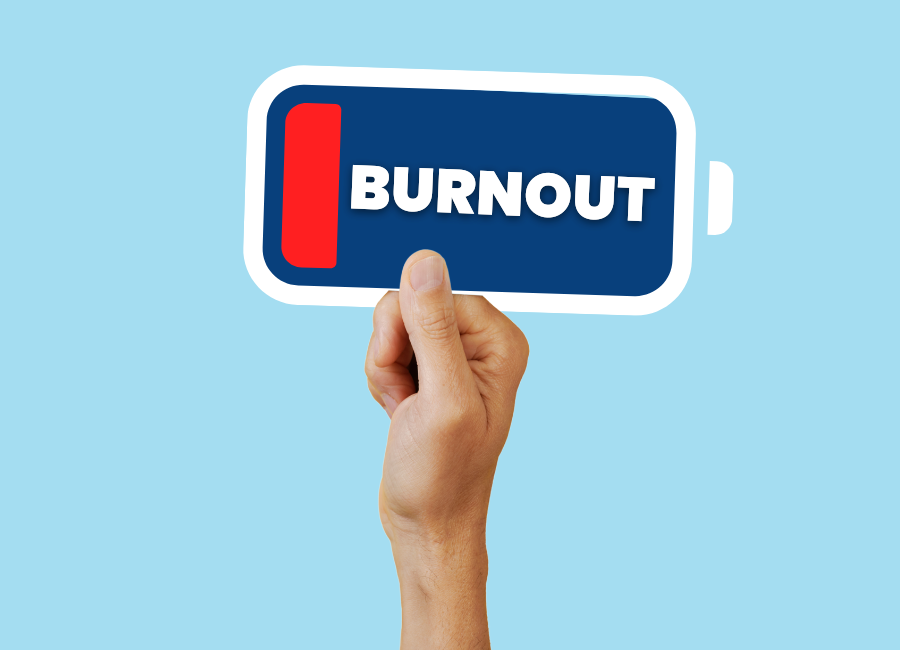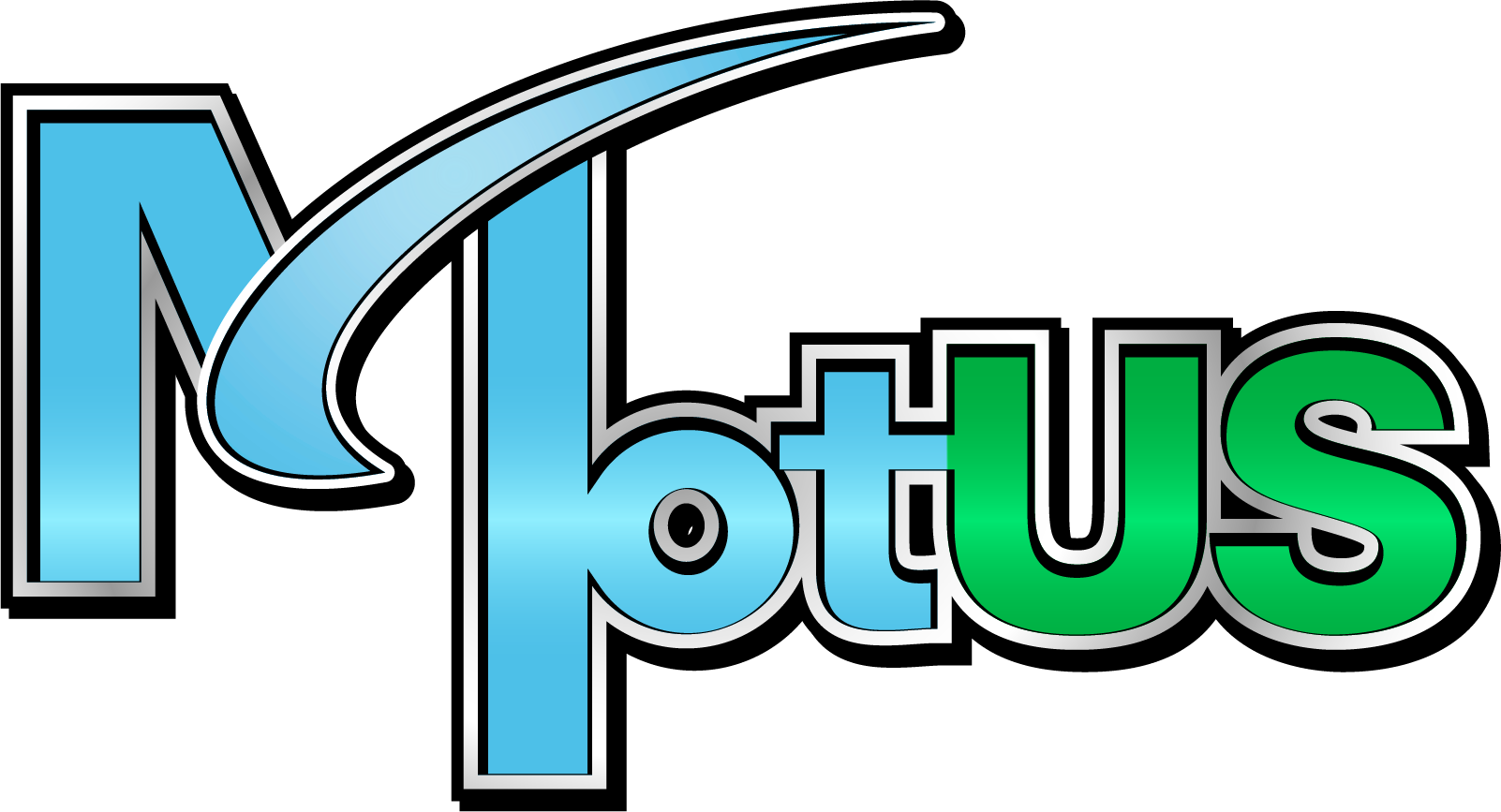By Stacy Rowe
•
September 5, 2025
Running a cheer gym is no small task. Between scheduling practices, managing staff, handling parent questions, and making sure athletes are thriving, the daily grind can feel overwhelming. In the middle of all that, it’s easy to forget one of the most powerful tools in your business owner toolkit: your network . Networking isn’t just about swapping business cards at a conference or adding another friend on Facebook. For cheer gym owners, networking is about building genuine relationships with people who can support, inspire, and challenge you — and who you can pour into as well. The old saying is true: your network is your net worth . In this blog, we’ll explore why networking matters so much in the cheer world, how to do it in a way that feels authentic (and not salesy), and the game-changing results it can bring to your business and community. 1. Why Networking Matters for Gym Owners When you own a cheer gym, you’re not just competing with the gym down the street. You’re competing with other sports, after-school programs, and even entertainment options like dance studios or club sports. In that competitive environment, relationships can make all the difference . Here’s what networking brings to the table: Shared Knowledge – Other gym owners have faced the same struggles you have: staffing issues, parent conflicts, growing pains, or financial hurdles. A strong network gives you instant access to collective wisdom. Collaboration Opportunities – Partnerships with nearby gyms, local businesses, or community organizations can open doors for events, sponsorships, or even shared resources. Emotional Support – Let’s be real: owning a cheer gym can feel isolating. Having a group of people who understand the unique challenges of your world gives you a lifeline when things get tough. Fresh Ideas & Innovation – Networking exposes you to new perspectives and strategies you might never come across if you stayed in your own bubble. Business Growth – A well-nurtured network naturally leads to referrals, new opportunities, and even doors opening for expansion. 2. Shifting the Way You See Networking For many gym owners, the word networking feels intimidating or even a little gross. You might picture a crowded conference where everyone is pushing business cards and elevator pitches. But networking — at least the MotUS way — isn’t about shallow connections. It’s about: Building relationships, not transactions. Leading with generosity. (Ask: What can I give? instead of What can I get? ) Investing long-term. Strong connections take time to grow but pay off in ways you can’t predict at the start. Think of networking as community-building. Just like you want your athletes to feel part of something bigger than themselves, networking allows you to feel part of something bigger than your gym. 3. The Formula for Staff Meetings That Rock So where do you actually go to connect with other like-minded gym owners, coaches, and business professionals? A few ideas: Cheer Conferences & Industry Events – These are goldmines for meeting peers who “get it.” Don’t just attend sessions; introduce yourself, ask questions, and follow up afterward. Local Business Associations – Chambers of commerce, small business meetups, and even entrepreneurial workshops are great for expanding your circle beyond cheer. Online Communities – Facebook groups, Slack channels, and MotUS-style collectives allow you to connect with people across the country who can share ideas and solutions. Vendor Relationships – Don’t overlook your uniform reps, event producers, and equipment suppliers. They work with gyms across the industry and often have valuable insights. Other Sports & Youth Programs – Networking with local dance studios, martial arts schools, or rec centers can lead to cross-promotions that benefit both sides. 4. How to Network Authentically The secret to effective networking is authenticity. Here are some MotUS-approved strategies: Listen more than you talk. People remember when they feel heard. Ask real questions. Instead of “So, what do you do?” try “What’s the biggest challenge your gym is facing right now?” Follow up quickly. A simple “It was great meeting you — here’s that resource I mentioned” email goes a long way. Add value before asking for value. Share an idea, make an introduction, or send an encouraging note before you ask for advice or a favor. Play the long game. Networking isn’t about instant ROI. It’s about planting seeds that grow into opportunities over time. 5. The Ripple Effect of Networking When you network with purpose, the benefits ripple out far beyond your own business. Your staff gains from the knowledge and strategies you bring back. Your athletes benefit from new opportunities, events, or collaborations you discover. Your parents feel more confident in your leadership when they see you plugged into the larger industry. The cheer community as a whole becomes stronger when gym owners share and collaborate instead of competing in silos. In short: when you win through networking, everyone around you wins too. 6. A MotUS Perspective At MotUS, we believe collaboration is the future of the cheer industry. Networking is the bridge that makes collaboration possible. By reaching out, sharing openly, and building relationships, you’re not just growing your gym — you’re helping to elevate the entire industry. Networking is not optional for cheer gym owners who want to thrive. It’s a core part of building a resilient, innovative, and supportive business. Key Takeaways Networking isn’t about sales; it’s about building authentic, lasting relationships. Strong networks provide shared knowledge, collaboration, support, and growth opportunities. Seek networking opportunities in the cheer world and beyond (conferences, local business groups, online communities). Lead with generosity and authenticity — give before you expect to receive. When you build your network, the ripple effects strengthen your athletes, staff, parents, and the industry as a whole. Final Word Your gym’s future is bigger than what happens inside your four walls. The people you connect with, learn from, and collaborate with will shape the way you grow — both as a business owner and as a leader. Don’t underestimate the power of your network. In the cheer gym world, your network really is your net worth.



